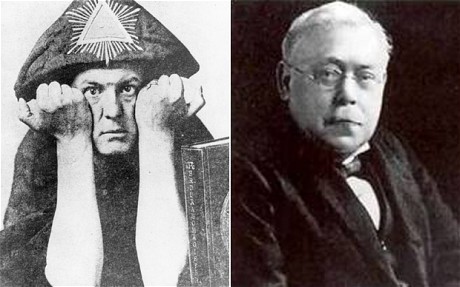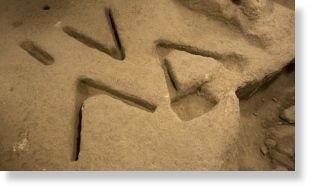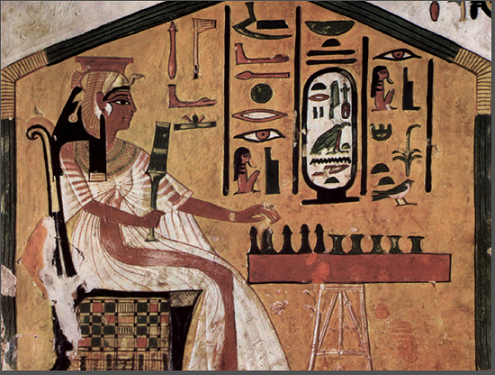
For the first time, there were no clearly defined front lines where battles began and ended, were won and lost. Instead, according to University College London archaeologist Gabriel Moshenska, who studies the archaeology of modern conflict, "Everyone was on the front line and that transformed the world. World War II made the modern world what it is more than any single event in history," he says. "It changed the technology we use, it changed art and literature and the world's legal, international, and political structures - everything from nations to families."
This new kind of warfare, for archaeologists, requires a different approach to studying military action. The traditional methodology of battlefield archaeology - identifying a battle's location, unearthing weapons and defensive structures, and evaluating historical and literary texts - is not sufficient to understand World War II's geographic reach and social impact. What is needed, according to Tony Pollard, Director of the Center for Battlefield Archaeology at University of Glasgow, is a new kind of archaeology, one that he has dubbed "conflict archaeology." "Conflict archaeology is valuable because it places the violent events of warfare within their wider social context," he says, allowing for a broader understanding of twentieth- and twenty-first-century war.











